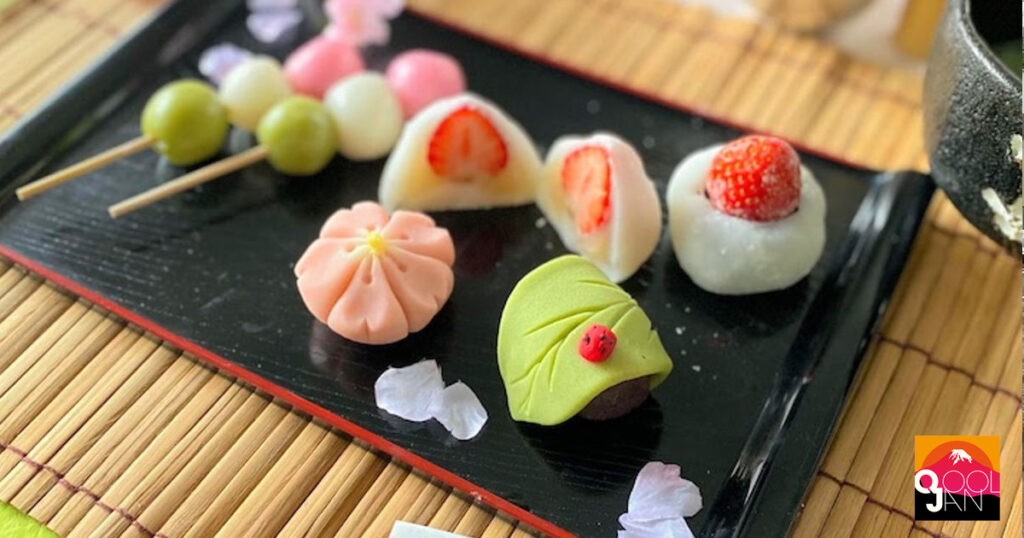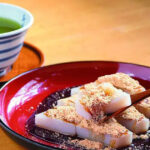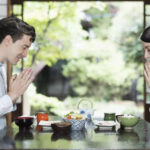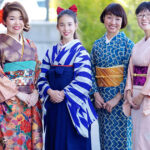What is Mochi (餅・もち)?
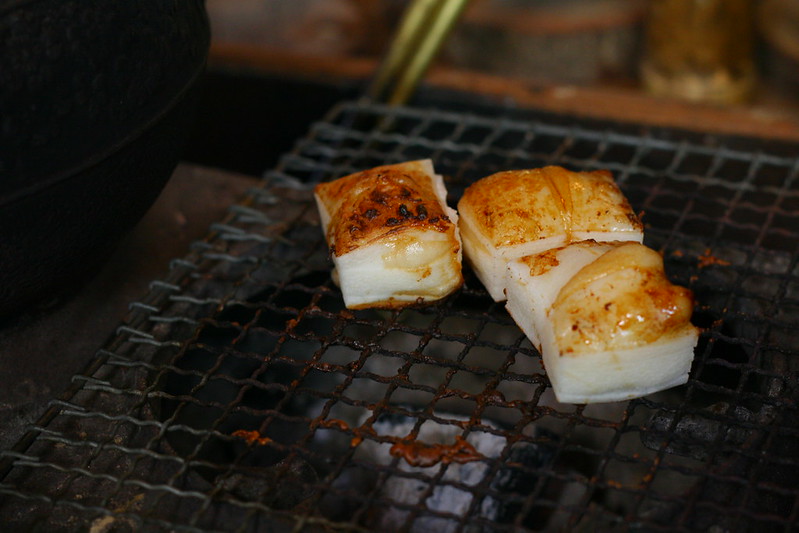
Credit: iMorpheus via Flickr
Have you ever eaten Mochi (餅・もち)? Mochi is a traditional Japanese food made from Mochi gome (もち米・もちごめ). Mochi is a rice cake and Mochi gome is glutinous rice.
Mochi has been considered a sacred food since ancient times because rice cultivation was indispensable for the Japanese.
One of our customs is to eat Zouni (雑煮・ぞうに) on New Year’s Day, and we also display a special kind of Mochi named Kagamimochi (鏡餅・かがみもち) for New Year. I’ll explain both in more detail later.
I know some foreigners don’t like Mochi because of its sticky texture. Mochi is quite bland like normal rice, so we usually eat it with soy sauce, roasted soybean flour, grated radish or red bean paste.
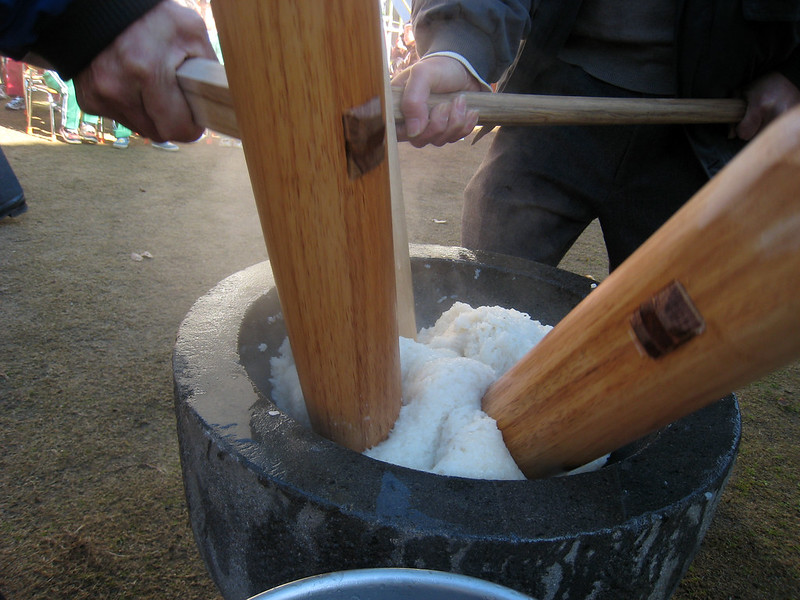
Credit: JoshBerglund19 via Flickr
Nowadays, some Japanese people make Mochi at home using a household appliance. If you are lucky enough, you will be able to see people making Mochi without using a machine.
We call this “Mochi tsuki” and it is a Japanese winter tradition.
“Tsuki” is a version of the verb “Tsuku”, which means “to pound”.
We pound steamed Mochi gome in an Usu (臼・うす) and pound it with a Kine (杵・きね) until the Mochi gome becomes Mochi. An Usu is a mortar and a Kine is like a large hammer.
What is Kagami mochi (鏡餅・かがみもち)?
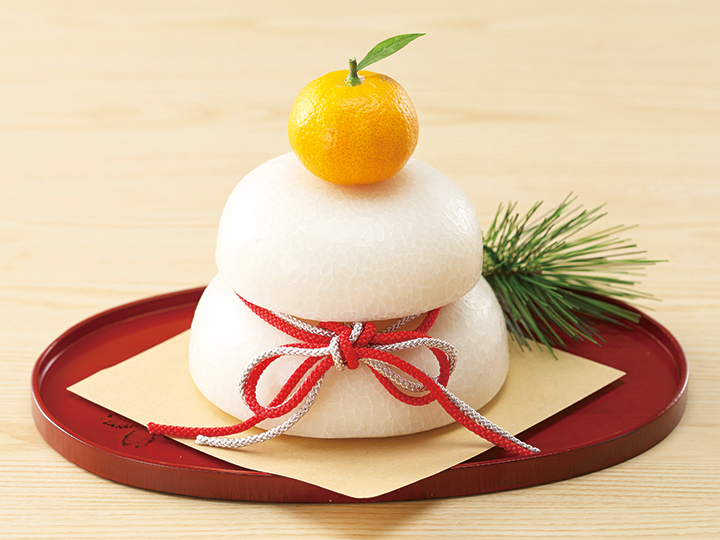
Credit: geraldford via Flickr
We display Kagami mochi for New Year’s Day as an offering to the deities. ”Kagami” literally means a mirror, so it is a mirror rice cake. The name “Kagami” came from its resemblance to an old-fashioned copper mirror.
Kagami mochi consists of two circular rice cakes, with a smaller one placed on top of a large one. We then put a tangerine on top.
It is said that Kagami mochi first appeared in the Muromachi period (14th – 16th centuries).
Modern Kagami mochi are often pre-moulded into the shape of stacked discs and sold in plastic packages in the supermarket. We hit the Kagami mochi with a hammer to split it into pieces on January 11.
After that, we cook it and serve with stewed red beans and sugar. We also fry the small pieces to make rice crackers called Arare senbei. This event is called “Kagami biraki (鏡開き・かがみびらき)”.
The reason we use a hammer to split the mochi instead of a knife is that the word “Kiru“ (to cut) implies “Harakiri”, so we avoid using knives and the word “Kiru” in this kind of situation. We prefer to say “Hiraku” (to open) instead of “Kiru”.
“Harakiri” was a custom in the past when a Samurai (Japanese warrior) cut his abdomen with a sword to commit ritual suicide.
What is Zouni (雑煮・ぞうに)?
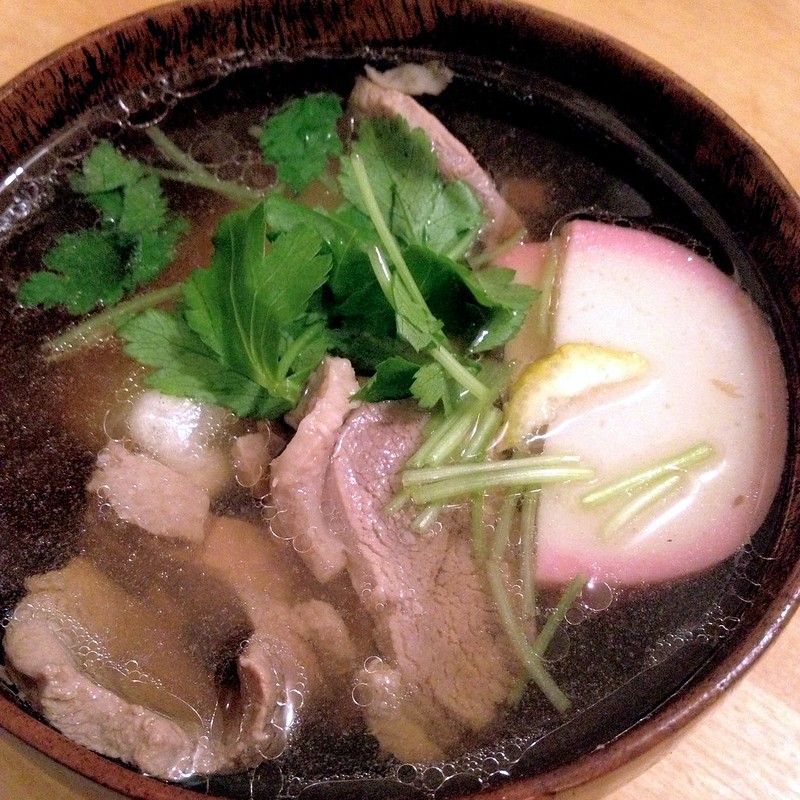
Credit: naotakem via Flickr
Zouni is a Japanese soup containing Mochi rice cakes, and it is considered the most auspicious of the dishes eaten on New Year’s Day.
The preparation of Zouni varies both by household and region, so each house has its own recipe.
There is a variety of broths and ingredients, for example: chicken, fish, shrimp, shiitake mushrooms, carrot, spinach, Japanese mustard spinach and so on with Miso, soy sauce and other soup stocks.
If you have a chance to taste it on New Year’s Day, it will be an auspicious beginning for that year!!

